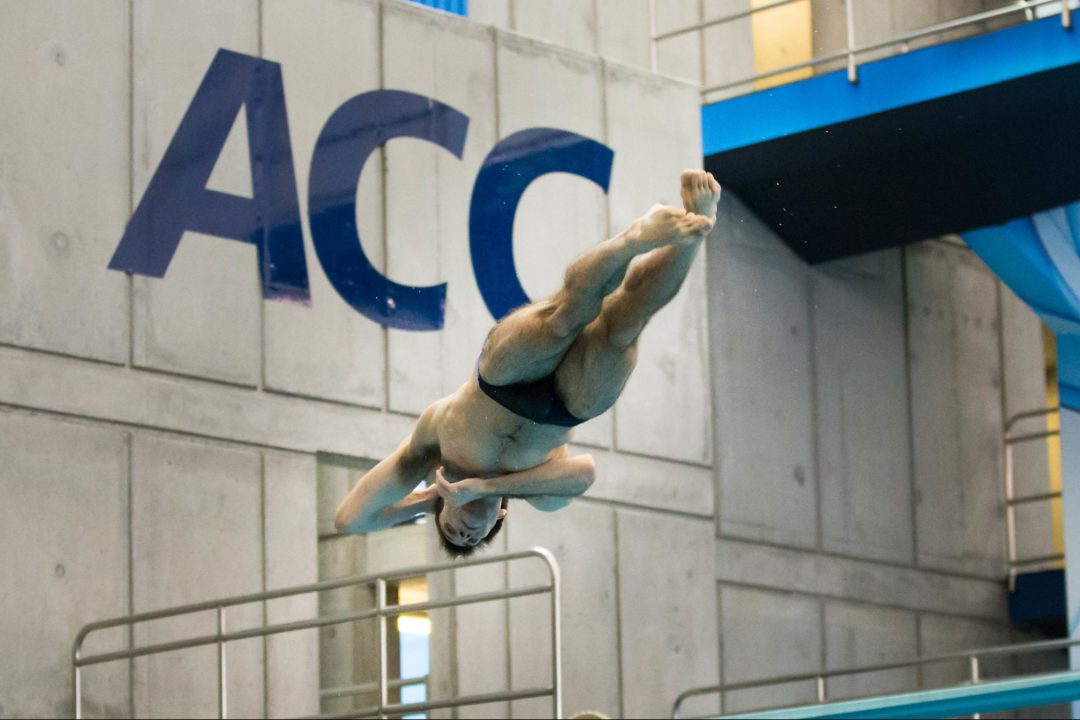We were asked a question this week by a high level Division I swimmer in what began as mostly an experiment in curiosity, but it’s relevant-enough that we thought we’d share with our audience.
Under the new NCAA qualification structure, a relay team with an automatic qualifying mark, known as “Qualifying Standard” in the new NCAA lexicon, can only swim at NCAA’s if they’ve had an individual competitor invited.
The specific rule in the pre-championship manual reads:
Read the full manual here if you like reading rules, and if you’re like us: you do.
We spoke with Mary Berdo of the NCAA, who was very patient with us in answering our questions. The conclusion: a qualifying diver does count to bring the relay. In other words, if a team has a relay that hits the Qualifying Standard, no individual swimmers invited, but an individual diver invited, then the relay can swim.
Think that’s not relevant? It might be. The Duke men could be close to an NCAA Qualifying Standard in a relay, and could bank on Nick McCrory getting them there in diving.
Another good example is the Kentucky men – they hit an NCAA Qualifying Standard in the 200 medley relay very early on at SEC’s, but all of their individual guys are squarely on the bubble right now for invites. They’ll probably wind up at Georgia’s Last Chance meet this weekend, and there’s enough of them who are close that one will probably take care of what they need to in order to get in (Erick Bruck currently ranks 18th in the country in the 50 free), but there’s a chance they won’t. However, Kentucky has a few divers (John Fox, Greg Ferrucci) who should pick their way through Zones and into NCAA’s. That would mean Kentucky could send that impressive medley relay to NCAA’s.
At any rate, whether or not this has actually happened, if the NCAA sticks with the current qualifying procedures for a while, it is bound to happen, especially as more-and-more schools are developing NCAA-level individual swimmers to eat up a lot of the individual invites.
